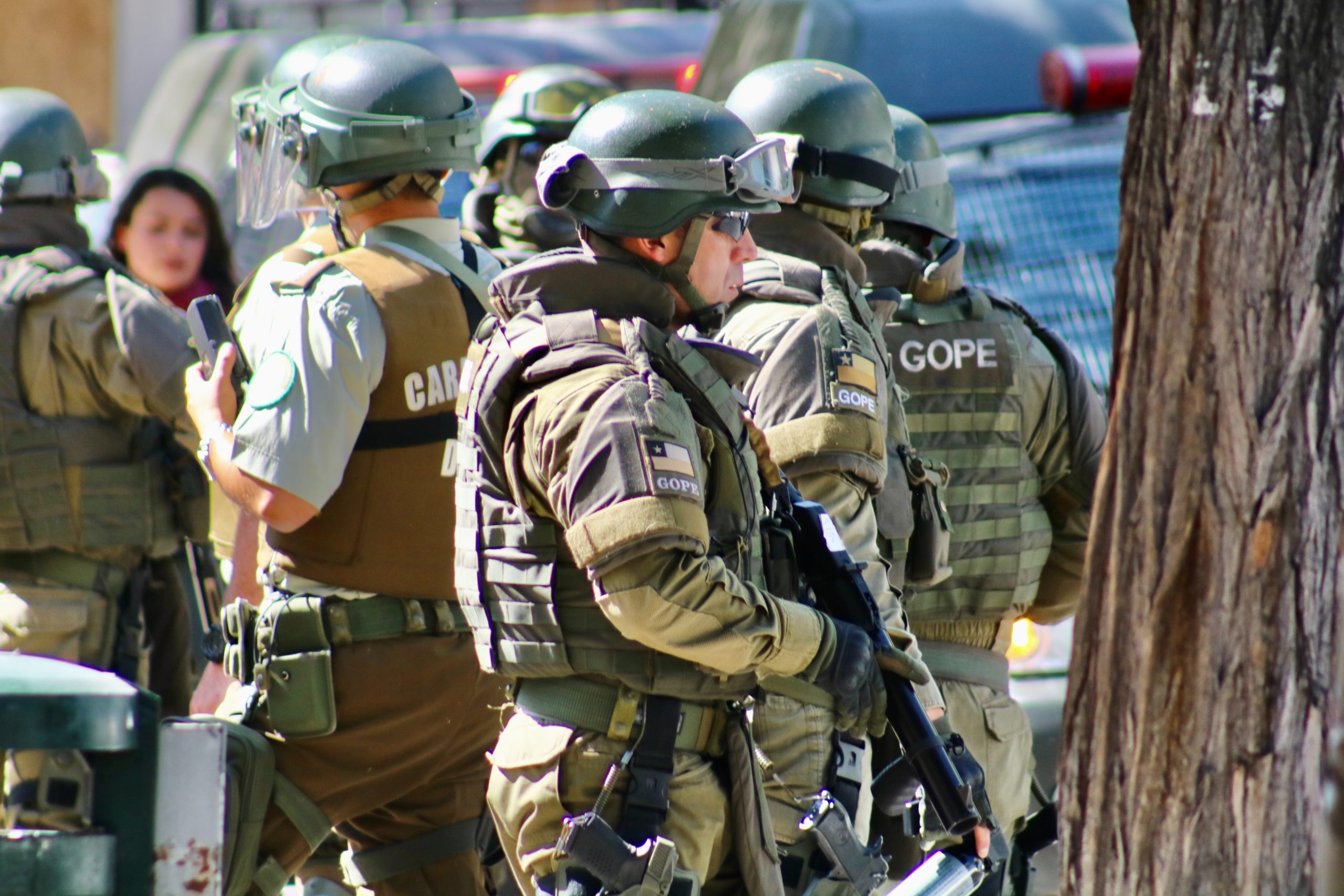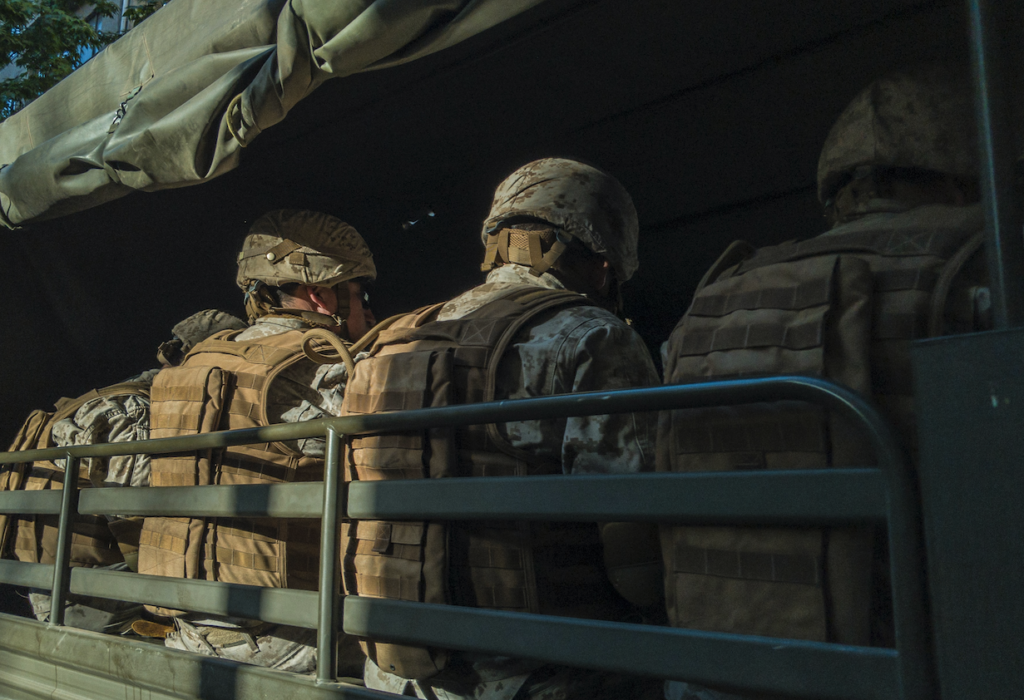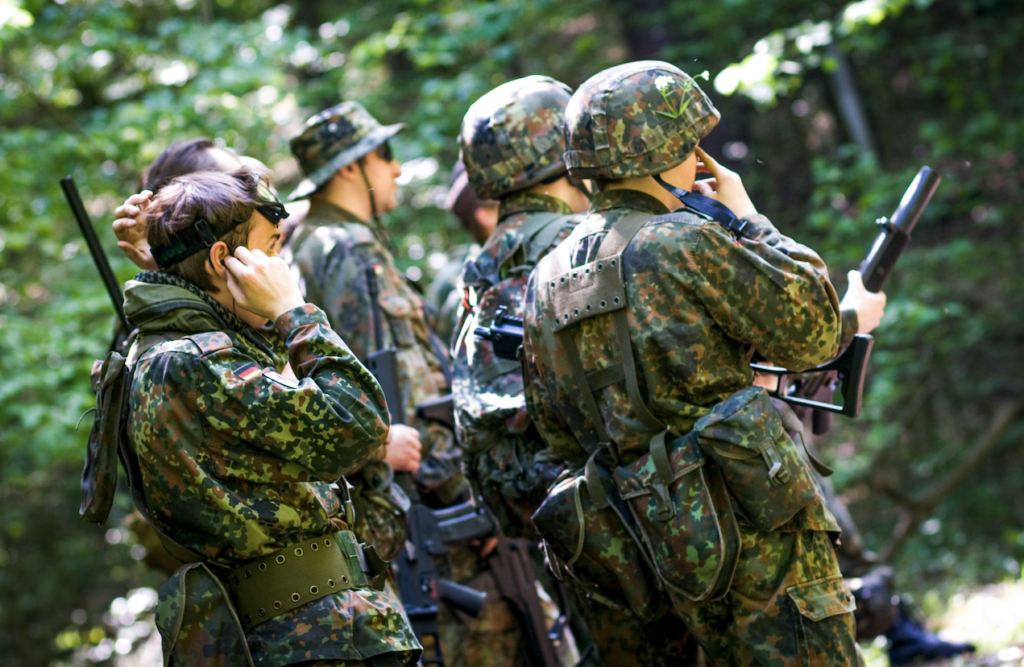
PASGT Helmets and why they are important
The PASGT helmets, fully called the Personnel Armor System for Ground Troops helmet, is one of the standard combat helmets that has started featuring in the US military gears as far back as the 1980s. However, the rise of the new century saw the PASGT overtaken by other types of tactical helmets such as the Interceptor Body Armor (IBA), Lightweight Helmet, as well as the Modular Integrated Communications Helmet (MICH), respectively.

The helmets itself came as a successor to the M1 helmets and came into use between the late 1970s and early 1980s. At the dawn of the new century, the PASGT helmets were succeeded by the LWH and the MICH. The use of the PASGT radically decreased such that as at 2018, the only military institutions in the U.S making use of the helmet were the U.S. Army Reserve and the U.S. Navy.

When it comes to offering high-quality ballistic protection, the Personnel Armor System for Ground Troops helmet is a life saver. With its shell made out of about 19 layers of Kevlar material, the PASGT helmet is reported to have a NIJ rating of Level IIIA. This means that the tactical helmet offers ballistic protection against most handgun rounds including the .99mm rounds. Wearers are also assured of safety from any form of shrapnel, combat field debris, grenade fragment, ricocheted bullets, and other ballistic as well as non-ballistic attacks.
This tactical helmet complies with the 1800 requirement of ML-STD-662 E. As for its weight, the smallest helmet weigh approximately 3.1 lb (about 1,410 g) while the large size weighs about 4.2 lb (about 1,910 g).
They are available in a default olive drab color. However, they can be covered with tactical helmet clothing to boost the camouflage abilities of the tactical helmet.
Follow along with us here.